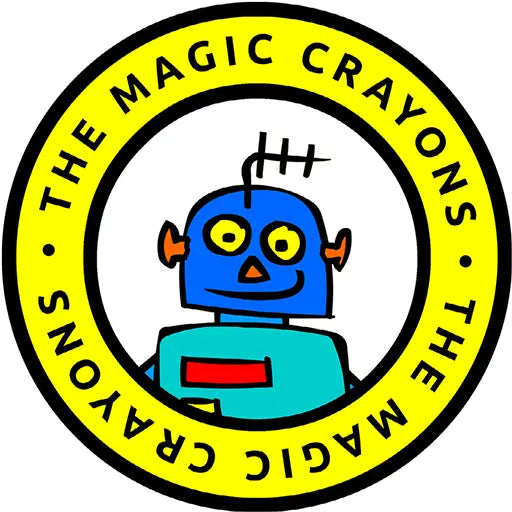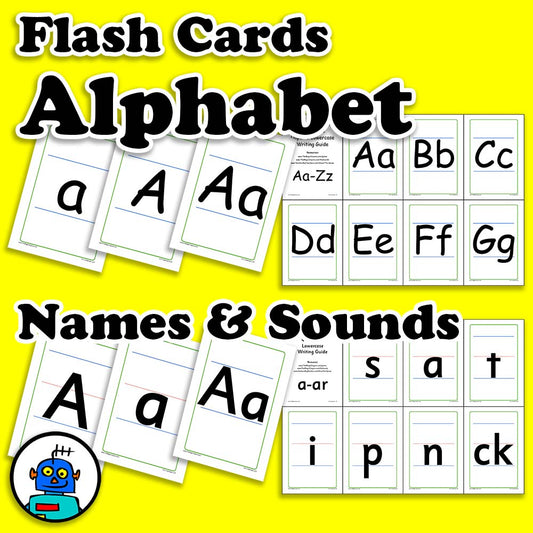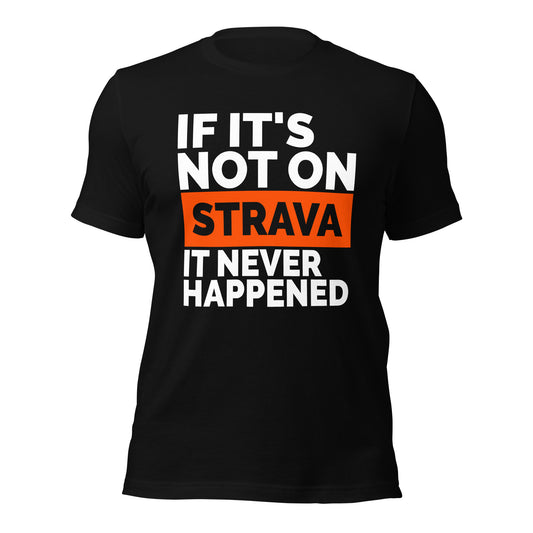Teacher's Guide to Dr. Seuss: Activities and Lessons for the Classroom
Practical Teaching Advice from English Teachers in Japan.
Information and ideas for teachers who want to use Dr. Seuss books in their classrooms and lesson plans. The guide aims to help teachers use Dr. Seuss books to promote reading, creativity, and critical thinking skills in their students. Written by Teachers from the UK and USA working in Japanese Kindergartens Teaching ESL, EFL English Classrooms.
-
Introduction
We have planed these lessons on the assumption you will progress from Go Dog Go to In A People House. Do not necessarily think of the books of moving in level of ‘difficulty’ in terms of text from left to right, but rather their focus, their phonetic aims and what we as teachers want to get out of them. Note that In A People House has only 26 pages but spans the same time frame as other books with over 60.
-
The general approach is that the curriculum is planned with a combination of whole-language mixed with phonics. Learning individual words as whole and independent, memorising spelling and then working up is avoided in favour of learning and understanding the books in a meaningful context. Words should be learned as complete words and when possible, students sound out (using phonetics) new words and guess the meaning of new words from context. To begin with we need to first teach them these foundation skills.
-
Dr Seuss - Phonics
Phonics is a means to an end. Learning them gives readers the confidence to tackle new words that would have otherwise been overwhelming.
Reading aloud to young children can be done in several ways:
Teacher reads aloud, children listen, look at pictures.
Each child uses a text.
Teacher reads aloud, children don’t have access to the same text but must listen, holding the meaning in their thoughts or carry out a task.
Teachers should ensure that children understand the overall meaning of what they hear first. Understanding can be supported by pictures, talking about the text in advance (interviews, questions, brainstorming) and games. -
Having children read aloud to each other can help learning but be careful to begin with as they may not possess the skills or confidence yet. Also, for young Japanese students, reading a foreign language aloud is probably quite a new experience for them, so give them time to find their voice.
It is very important that children read aloud individually to their teacher, since it is only be listening carefully to how children are making sense of written words that we can understand their progress in learning.
English Flash Cards
-
English Alphabet Phonics Flash Cards | 16 Sets | Digital Download
Vendor:The Magic CrayonsRegular price $3.00 USDRegular priceUnit price per -
Months Of The Year Classroom Posters In Jolly Phonics Font | Digital Download
Vendor:The Magic CrayonsRegular price $1.00 USDRegular priceUnit price per
-
Dr Seuss - The Curriculum
You will notice that some lessons require absolutely no pre-planning, that the book itself is sufficient to teach the whole lesson. Others require a little, some a bit more. If you are going to be teaching these books, please know in advance what you need to prepare. Some of the extra work can be done with pen and paper and by use of the board, however some pages may need to be photocopied in advance.
-
a-e-i-o-u song
ne of the most common songs in our classrooms is the “ABC song”. If a song is to be used for learning, it is important we change the language in the song, gradually making it more difficult. The last 2 lines
Now I know by ABC’S
Next time won’t you sing with me?
have no place for students who are still learning what each individual letter is.
The song is fixed and this lack of flexibility means the song is generally used for rote memorisation, repeated over and over, long after the children have learned the alphabet. This is like saying to the class “Don’t think in English!”.
The alternative a-e-i-o-u song is sung to the tune of Bingo, and the letters are pronounced phonetically. The children clap as they sing each letter.
First verse
a-e-i-o-u
a-e-i-o-u
a-e-i-o-u
Hello, What’s your name?
You drop the u for the 2nd verse and so on. With this song it is easy to change the language content and gradually make it more difficult. The phonics sounds can be changed as can the questions….
r-s-t-u-v
r-s-t-u-v
r-s-t-u-v
What begins with S?
Best selling gifts
-
Cyclist T-Shirt – If It’s Not on Strava, It Never Happened
Vendor:The Magic CrayonsRegular price From $27.00 USDRegular priceUnit price per -
Yellow Forklift Certified Cap
Vendor:The Magic CrayonsRegular price $30.00 USDRegular priceUnit price per -
Backhoe Trucker Cap, Adult C004
Vendor:The Magic CrayonsRegular price $30.00 USDRegular priceUnit price per -
Road Grader Truckers Cap C002
Vendor:The Magic CrayonsRegular price $30.00 USDRegular priceUnit price per








